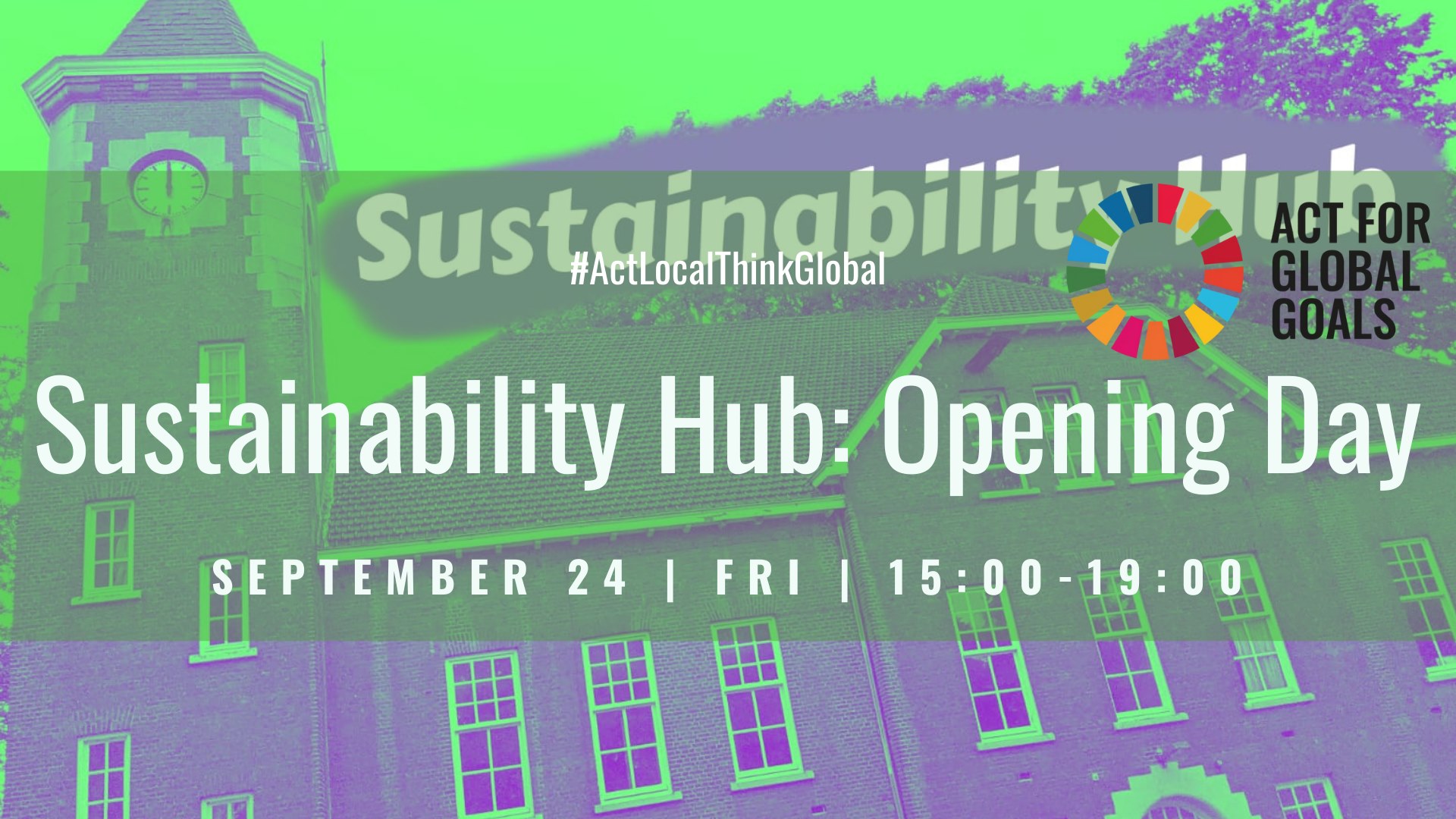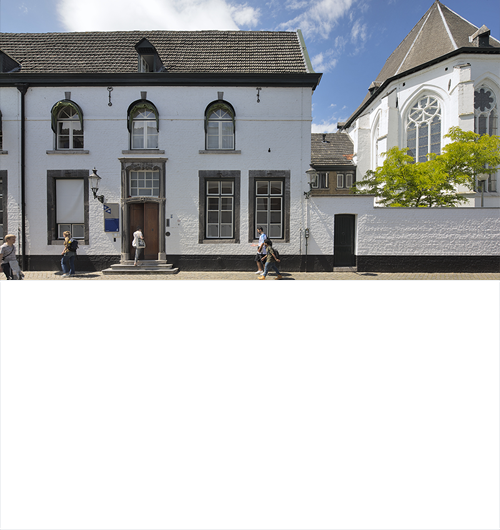Maastricht University awards the redevelopment of the Tapijnkazerne to Mertens Bouwbedrijf
Mertens Bouwbedrijf in Weert was chosen to execute the first phase in the redevelopment of the Tapijnkazerne in Maastricht. Following a short tender procedure, Maastricht University (UM) decided Tuesday to award the contract to Mertens Bouwbedrijf BV. The former military site on the outskirts of Maastricht will be transformed into a public park, with the existing buildings used for research and education. UM acquired ownership of all Tapijn buildings from the Province of Limburg earlier this year. With this acquisition of ownership, UM will extend the concession agreement for Brasserie Tapijn by two years, until 1 April 2021.
Construction team
Two years ago, the Province of Limburg, the Municipality of Maastricht and UM jointly formulated a long-term vision for the Tapijnkazerne, which involved transforming the area into a public park and using the existing buildings for research and education. “The fact that we're now entering the first phase in the renovation and construction process is exciting for the university and the city,” says UM real estate developer Ralph Herben. “The sustainable and green redevelopment of Tapijn will connect the city park to the rural countryside. We found an excellent partner in Mertens Bouwbedrijf for this redevelopment.” Eric Smeets, director of Mertens Bouwbedrijf, is also looking forward to the project. “We worked together successfully three years ago on the construction of the new UM sports centre,” he says. “We look forward to this new partnership and will take on this project with a combined construction team based on our leaRn methodologies.”
WELL Building Standard
The design, renovation, construction and use of the buildings at the Tapijnkazerne will explicitly focus on implementing measures that increase health and well-being. This will ultimately benefit both students and staff. At the end of last year, UM became the first European university to register for the WELL Building Standard. “This standard aligns seamlessly with UM's sustainability goals,” says Nick Bos, vice president of the Executive Board. “UM takes a proactive stance on issues like health and well-being and the impact of the environment on research and education. To that extent, Tapijn will serve as a living lab for our own primary processes.” Gert-Jan Krabbendam, Maastricht alderman for Climate & Energy, Spatial Development and Mobility, adds: “UM's sustainability objectives align perfectly with the 'mission zero' ambition pursued by the Municipality of Maastricht. We defined three guiding principles in the creation of the new park: sustainable material use, climate adaptation and biodiversity.”
Sustainability
The Tapijn project is also sustainable in another way. “The collaboration of UM, the Province of Limburg and the Municipality of Maastricht in the Tapijn area will help boost the knowledge infrastructure in Limburg,” says Joost van den Akker, Regional Minister for Economy and Knowledge Infrastructure. “This historic site in the heart of the city will be transformed into a new knowledge hotspot where work, study and leisure go hand in hand. It is a shining example of how collaboration between governments and knowledge institutes can make a real difference to the city and its economic structure, the benefits of which extend far beyond the city borders.” Associate Professor Nils Kok, an expert in the field of sustainable real estate, has been following the transformation of the Tapijnkazerne closely. “We recently examined the effects of indoor climate on health and productivity in homes, offices and schools. The findings clearly reveal that healthy buildings yield better results. Taking health and well-being into close consideration during the redevelopment of the Tapijnkazerne is an example of the practical application of home-grown academic research.”
For more information about the project and planning, visit the website of the Municipality of Maastricht (in Dutch).
Also read
-
Nine researchers from Maastricht University (UM) are to receive grants this year from the Research Development Fund (RDF) of the Worldwide Universities Network (WUN). A total of 15 research projects were selected out of 31 applications in the 2019-2020 funding round. UM is participating in seven...
-
The three Liberal Arts colleges of Maastricht University retain their top positions in the Keuzegids Bachelors 2020.
-
The Young Universities for the Future of Europe (YUFE) alliance was present in Brussels yesterday during the kick-off event of the European Universities Initiative. YUFE is one of the 17 alliances of European universities selected by the European Commission to develop and implement the first models...


